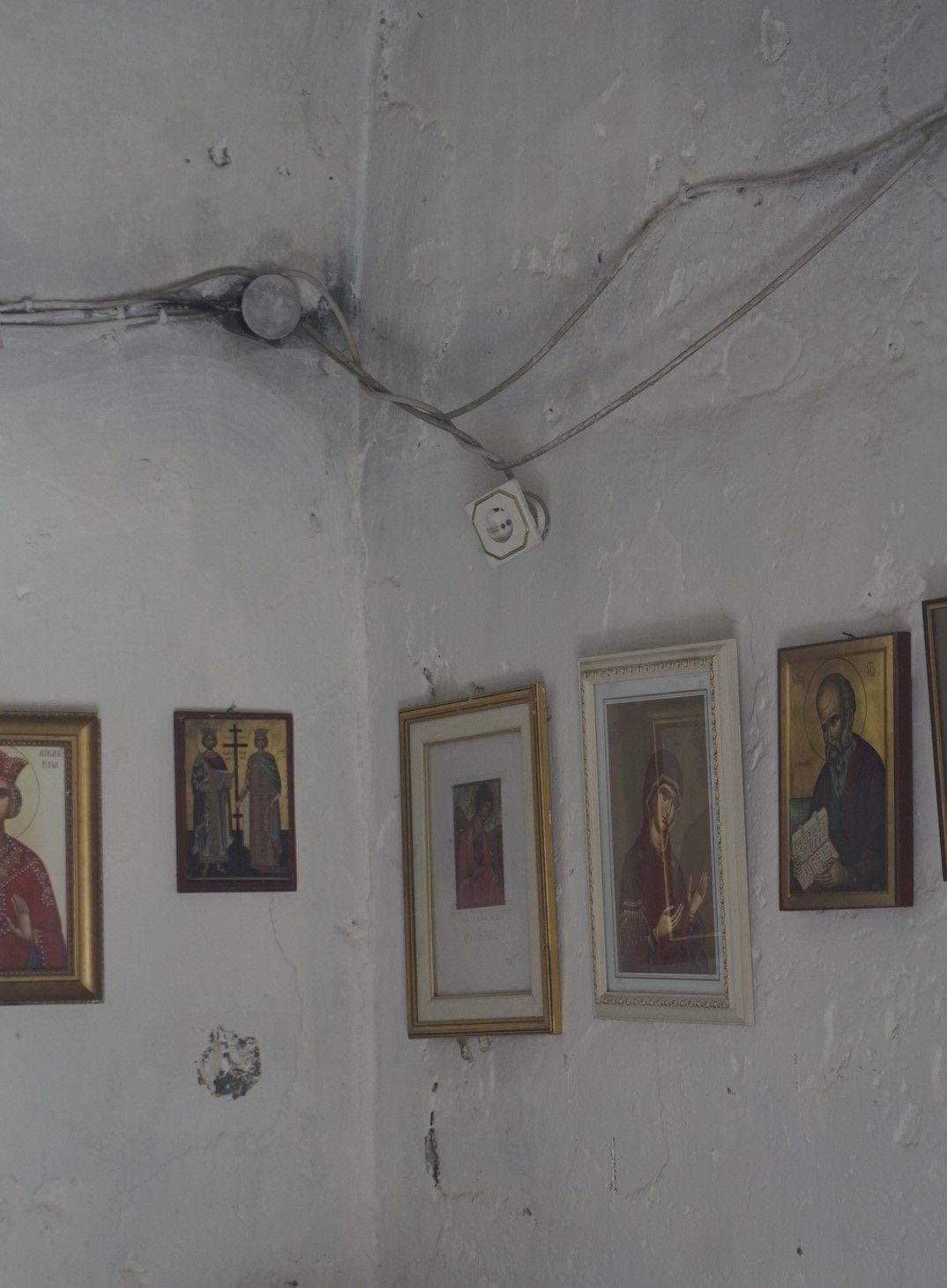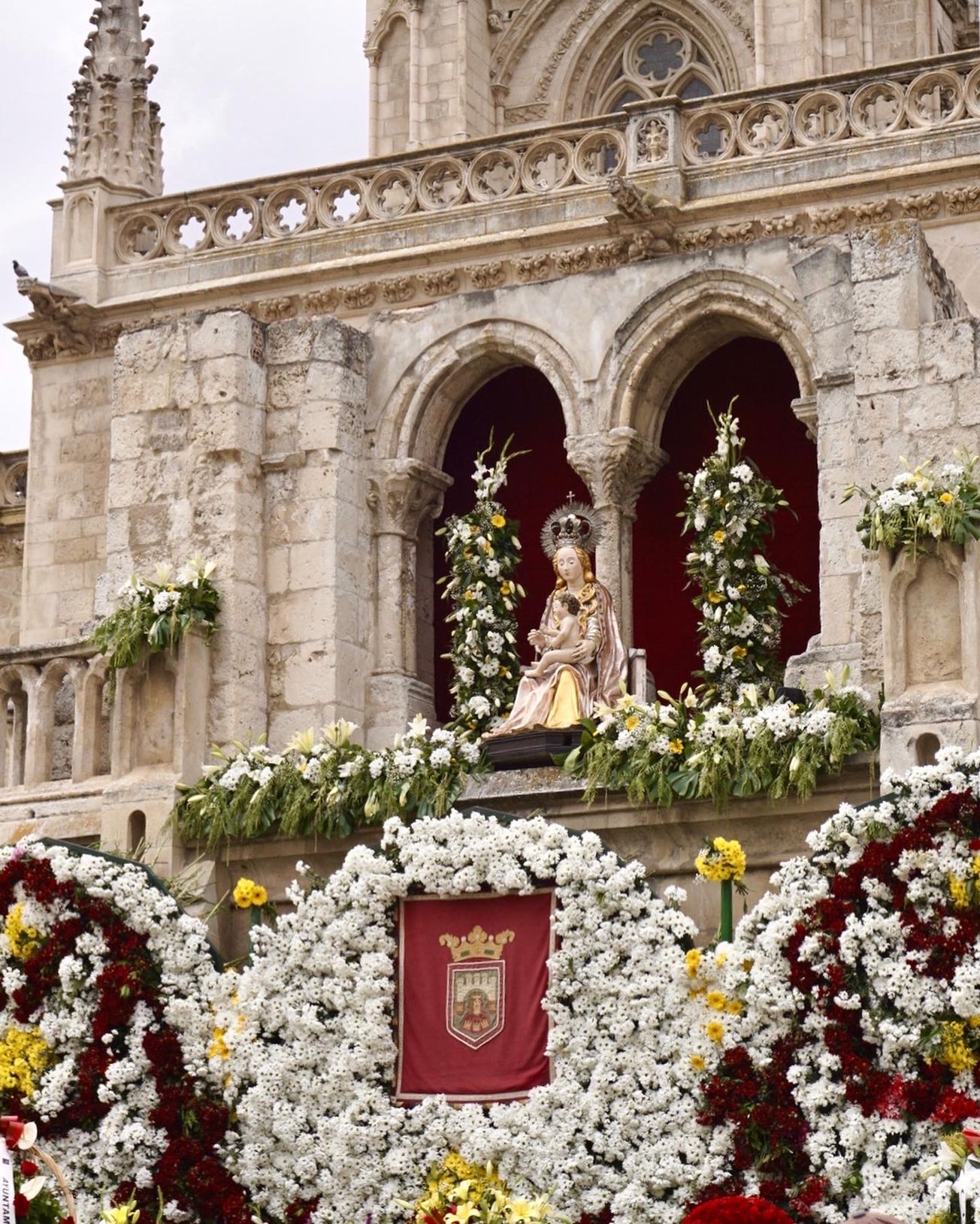By Milan Perera, Arts Critic Columnist
The Croft Magazine // Milan Perera lets us join in his reflection on growing up in Catholicism. Despite renouncing his faith, he muses about still finding solace in the innocence of childhood reverence - a pilgrimage to the past self, and one rooted in place.
Memories enshrined in the deepest recess of our being are like vials of ointment to soothe the pains and aches of the present moment. When I am assailed with pangs of melancholy and uncertainty, I readily harken to those nostalgic memories from my childhood which were not yet sullied by scrutiny and pragmatism. Those trains of thoughts from a hazy past never failed to give me a warm glow during the darkest hour.
“A Jew who has sinned still remains a Jew” wrote the renowned historian Issac Deutscher in the opening passage of his book The Non-Jewish Jew. Deutscher is referring to the indelible mark one receives when one is born into the Jewish tradition, irrespective of the choices one makes subsequently. This sentiment could be transposed to traditional Catholicism which I grew up with. It has dawned on me recently that the happiest moments in my life were those spent in the throes of Catholicism although I abandoned it altogether in my youth to embrace Humanism. It was from this loom I sprang up. It was an inescapable presence whether you liked it or not. We said our daily prayers at night which lasted no less than 40 minutes. I went to a Catholic college whose motto read “Domino pro Patria” – “To serve the Lord and the Fatherland”. I went to Sunday schools where the dogma and worship were drilled into me and then we would observe all holy days of Obligation. I was forged in this anvil and an important expression of your faith was going on pilgrimages.

My favourite shrine of pilgrimage is the National Basilica of Ragama, near Colombo in Sri Lanka, dedicated to the Blessed Virgin. I was inexorably linked with that shrine as I was born on the feast of the National Basilica. My mother always recounts how she made a vow to the Blessed Virgin for my safe arrival: we were joined for life! From then on, I had been there several times and I always try to remember the unadulterated joy and bliss I felt during those times.
The National Basilica of Ragama stands as a shining beacon on a vast landscape of some 60 acres. Built as a vow that was made to the Blessed Virgin during the WWII by the then Archbishop of Colombo. It incorporates various architectural traditions including Indian, Grecian, Latin American, Baroque and Sri Lankan. The carefully cultivated estate consists of a grotto, chapter houses, chapels, herb gardens and a lake. As a child I remember going there both on and off season of pilgrimage. My preference was always to be there on the off season as it is akin to a private pilgrimage basking in the clement climes and the overflowing religious ecstasy.
It was an age where information was taken with an unsullied innocence. The narrative of Sin, Salvation and Heaven escaped the most stringent logic and scrutiny and found its way to the psyche of a little child. Unlike many young people I was never lost in the maze of endless career prospects of becoming an astronaut or pilot or doctor or a pop singer. The rich iconography and the sights and sounds of Catholicism were seared on to my soul and I did not want anything else but to become a priest in the service of God. At that age my thinking was “What a rare privilege to go up to the alter to offer prayers and supplications on behalf of the people. It is worth giving up the opportunity to raise one’s own family.” It was the noblest sentiment a child of that age could have. The little heart was swelled with pride and contentment.

I try to remember the warmth I felt as I lit candles at the grotto of Our Lady of Lourdes. Her gaze met that of mine and I was reassured that everything is going to be fine. She was my guardian star. One could argue that it is the work of a skilful sculptor who created a piety-inducing, life-like statue, but at that age it felt the most reassuring thing. One of the popular Marian hymns sung often during the services was Ma Mawne (trans. My Mother) whose first verse is loosely translated as thus.
“My Mother most loving / My surest help in this world / My sole happiness in the hour of sorrow/ Most Venerable, Mother most beautiful.”
As an art student I get the opportunity to bask myself in the rich prose and poetry of Chaucer, Shakespeare, Lord Byron, Dryden, Behn and Pope and as an arts writer I have the enormous privilege of travelling to see some of the finest acts in theatre, music, street art, burlesque, drag and dance. I am slightly ashamed to admit though that none of them have penetrated through my inner being as much a banal, poorly worded devotional piece as the above.
We are living in an age where the energy trapped inside a nucleus of an atom could be harnessed. And thanks to ground-breaking research in psychiatry the vast terrain of our minds are mapped to treat its ailments with no stigma attached to it, devoid of references to superstitions. But the fact remains that religion was our first attempt at science, philosophy and psychiatry. Devotes have been on pilgrimages for thousands of year seeking to find solace and rejuvenation. They sought to discover personal power and wisdom which they found liberating. The primal appeal of religious fervour as demonstrated by pilgrimages is enescapable even in an enlightened time as ours. Perhaps we are still refusing to sever those ties completely and stealthily resorting to them even if they appear most illogical and anachronistic.
Featured image: © Finnuala Brett
Have you ever made a pilgrimage of your own?









